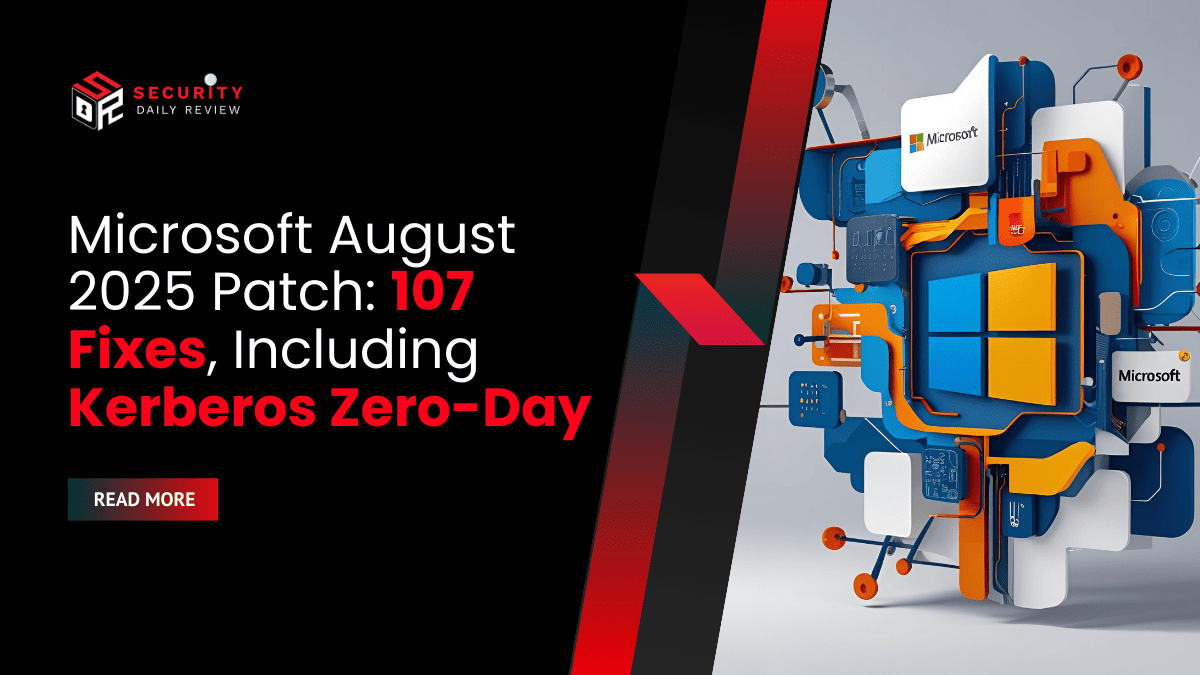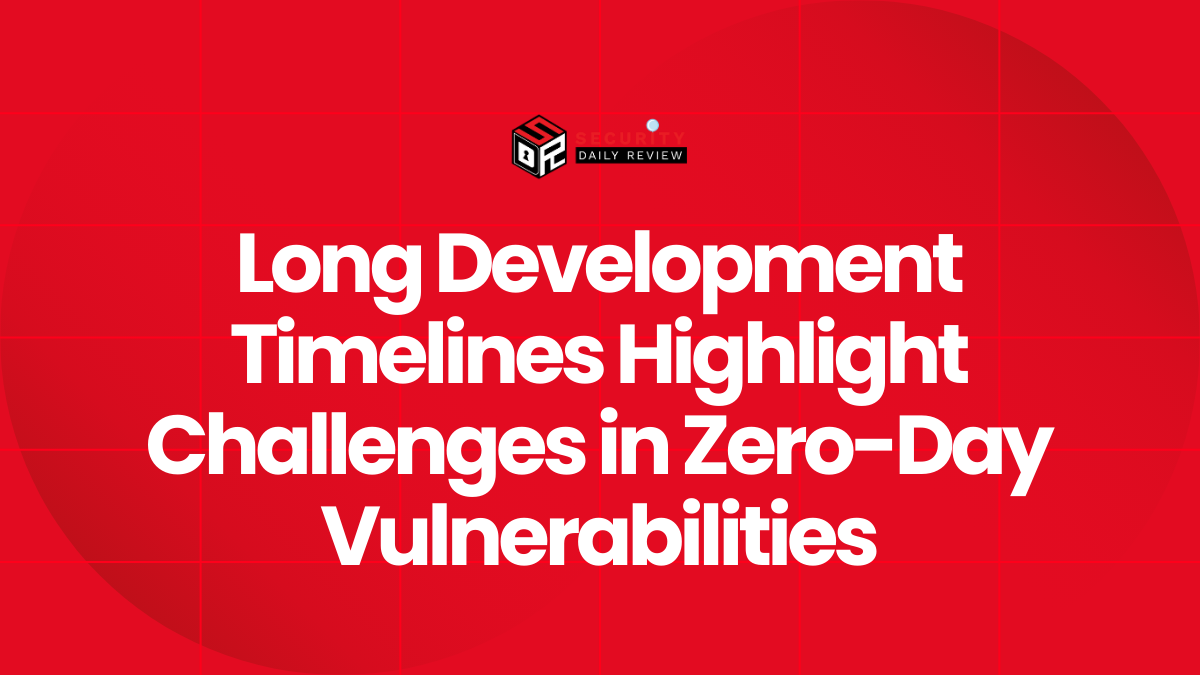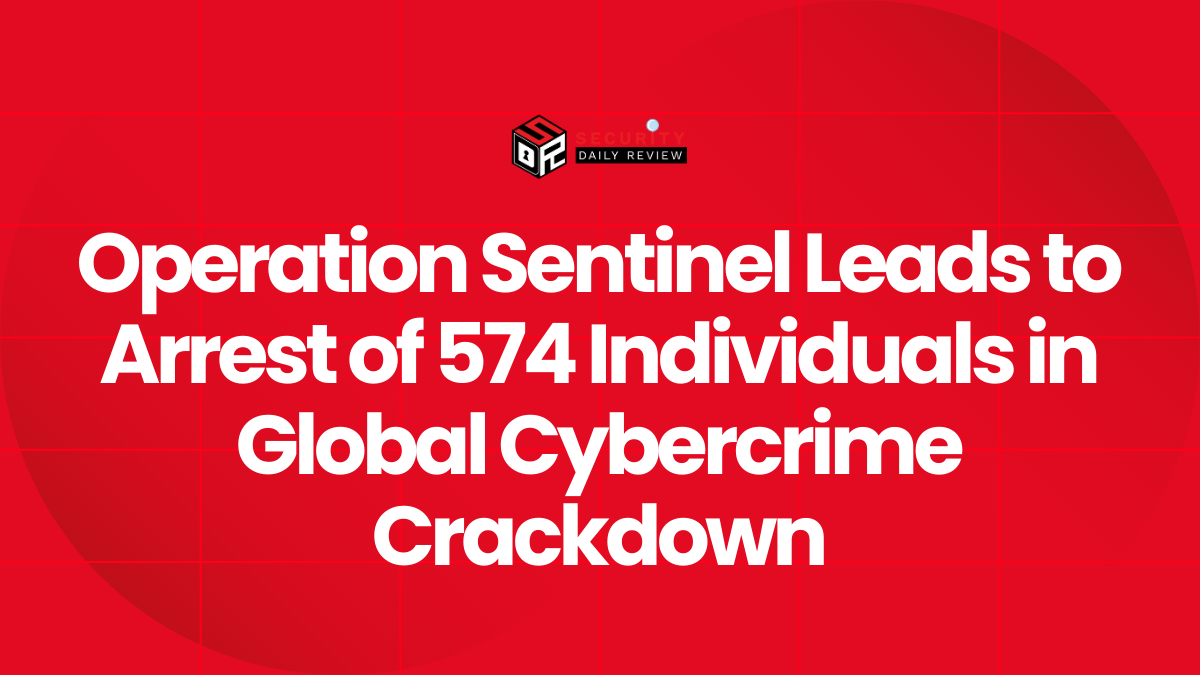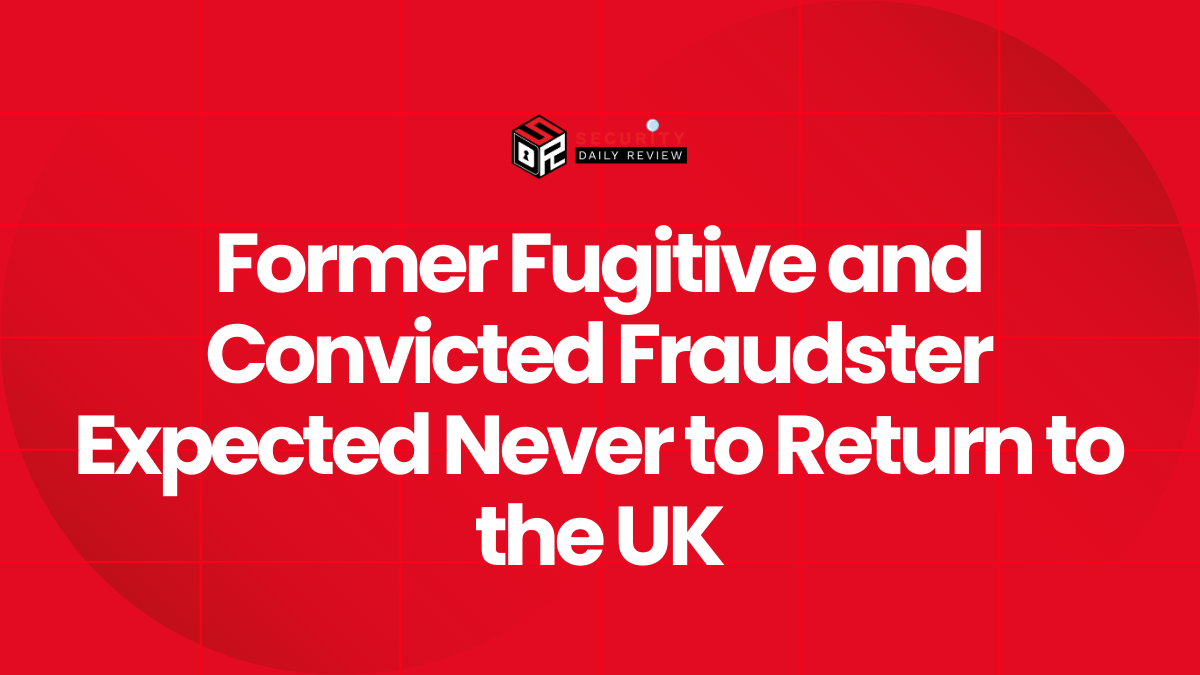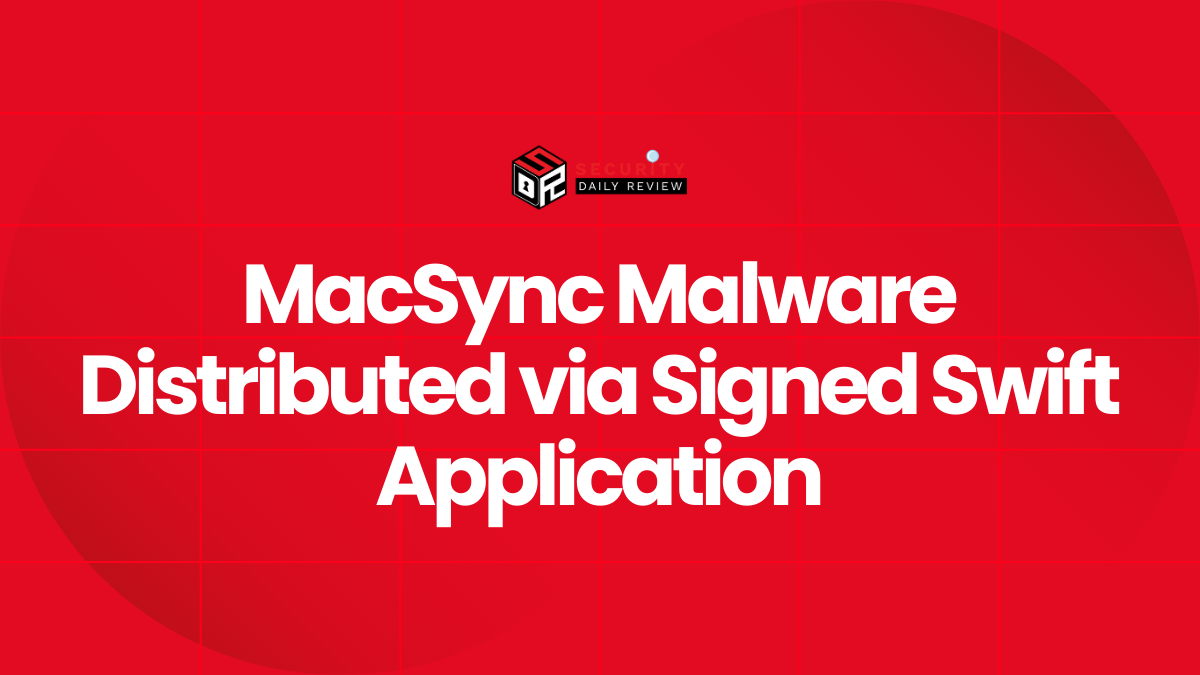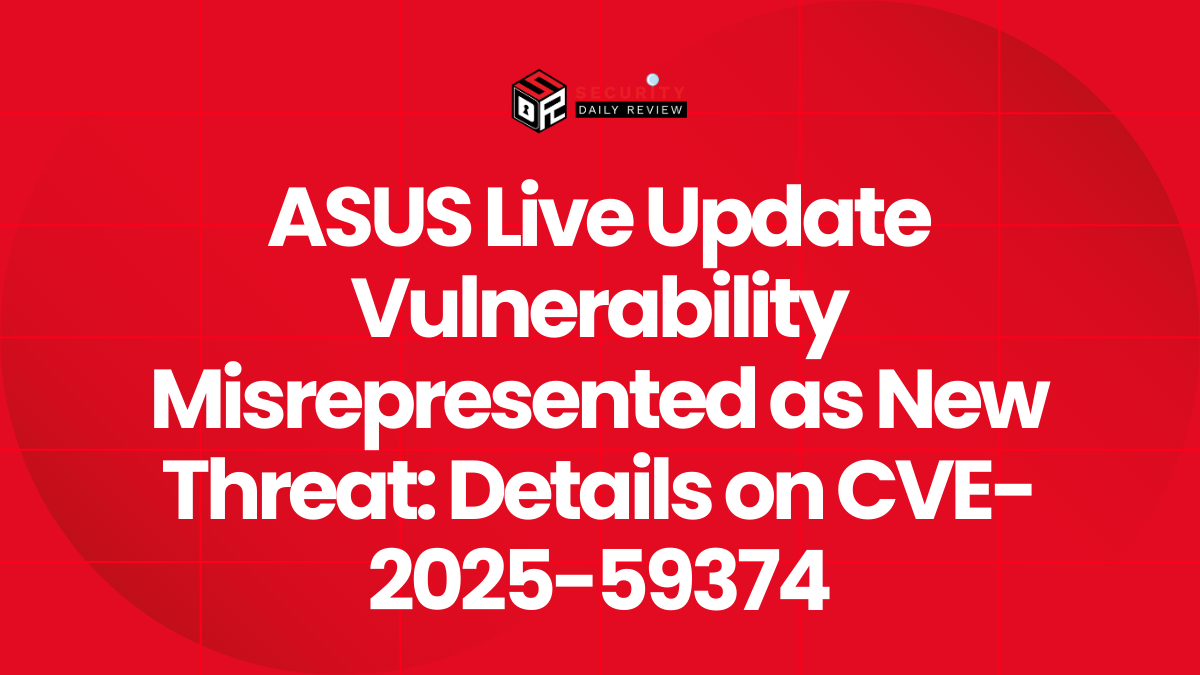Microsoft’s August 2025 Patch Tuesday delivers one of its most substantial updates this year, addressing 107 vulnerabilities (111, according to some counts), including a critical zero-day in Windows Server 2025’s Kerberos authentication subsystem. The high-severity flaw, tracked as CVE-2025-53779 and dubbed “BadSuccessor,” threatens domain-wide compromise, prompting urgent calls for patching despite Microsoft rating the risk of exploitation as “less likely.”
Kerberos Zero-Day Allows Attackers to Escalate to Domain Admin
The most serious vulnerability patched this month involves an elevation of privilege weakness tied to Kerberos and delegated Managed Service Accounts (dMSAs).
How the BadSuccessor Exploit Works
At the core of CVE-2025-53779 is a relative path traversal flaw in how Windows Server 2025 handles dMSA attributes. Discovered by Akamai researcher Yuval Gordon and disclosed in May 2025, the vulnerability enables an attacker with sufficient privileges to elevate access to domain administrator by exploiting two key Active Directory attributes:
- `msds-groupMSAMembership`: Defines which users can make use of a specific dMSA account.
- `msds-ManagedAccountPrecededByLink`: Specifies which users a dMSA can act on behalf of.
By manipulating these attributes, a legitimate user with access to them could expand their privileges and impersonate domain administrators—a critical security breach in enterprise environments.
Microsoft notes that successful exploitation requires elevated privileges beforehand, which limits its scope to post-compromise scenarios. However, once leveraged, it effectively allows full domain compromise.
Not Yet Exploited in the Wild—But Urgency Remains
Although no in-the-wild exploitation has been reported so far, functional exploit code for BadSuccessor already exists. Microsoft classifies the exploitability as “less likely,” but researchers and analysts say this shouldn’t lull administrators into complacency. A lapse in patch management could leave organizations one misstep away from domain-wide compromise.
Broader Patch Coverage Spans Remote Code Execution and Azure OpenAI
Beyond the Kerberos flaw, Microsoft’s August 2025 security update includes fixes for at least 13 critical vulnerabilities across multiple products and services.
Highlights of Other Critical CVEs
- CVE-2025-53767 (Azure OpenAI, CVSS 10.0)
One of the most severe issues patched this month is a remote access flaw in Azure OpenAI environments. Rated a perfect 10.0 on the CVSS scale, the vulnerability allows unauthenticated attackers to interact with sensitive AI resources under certain misconfigurations.
- CVE-2025-50165 (Microsoft Graphics Component, CVSS 9.8)
A buffer overflow vulnerability in the graphics subsystem could enable remote code execution if a victim is tricked into opening a specially crafted malicious image or document. This flaw could be particularly impactful in environments with legacy image processing or remote desktop workflows.
- Additional Critical Fixes
The patch set includes nine additional remote code execution vulnerabilities, three information disclosure bugs, and another elevation of privilege flaw—all rated “critical” based on potential impact and ease of exploitation.
TechRadar and BleepingComputer both report the total number of vulnerabilities fixed as 111—a discrepancy with Microsoft’s official 107-count that may be due to differences in classification or cross-product impact assessments.
Recommendations for Security Teams
System administrators and cybersecurity teams should treat this patch cycle as high priority. While some flaws require prior access or specific conditions, the post-exploitation severity of CVE-2025-53779 and the availability of high-impact remote code execution exploits call for immediate response.
Key Actions to Take
- Apply updates across Windows Server 2025 and affected Windows platforms as soon as feasible, particularly in Active Directory environments using dMSAs.
- Conduct privilege audits on systems using dMSAs to ensure minimal exposure from over-permissive attributes.
- Deploy vulnerability scanning tools to confirm successful patch deployment and identify systems still vulnerable to CVE-2025-53779.
- Monitor for unusual Kerberos activity or attribute changes in Active Directory logs, especially involving `msds-groupMSAMembership` and `msds-ManagedAccountPrecededByLink`.
The Takeaway: Post-Compromise Controls Matter
Microsoft’s August 2025 Patch Tuesday underscores an increasingly important truth in enterprise cybersecurity: post-breach defensive depth matters. Although exploitation of CVE-2025-53779 requires authenticated users with specific privileges, the endgame—total domain compromise—makes it a standout risk in tightly regulated or high-trust environments.
While Microsoft’s exploitation likelihood rating may offer some temporary reassurance, functional proof-of-concept code and the relative ease of lateral movement post-access should push security teams toward swift patch management. As with any critical vulnerability involving Active Directory or authentication layers, delayed response increases systemic exposure.Security leaders and SOC analysts should prioritize this update cycle, especially for systems running Windows Server 2025, to ensure layered defenses remain effective and administrative domains uncompromised.

